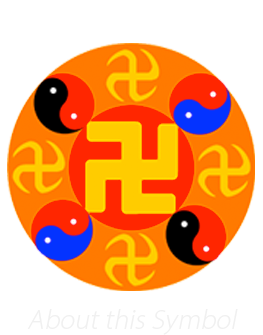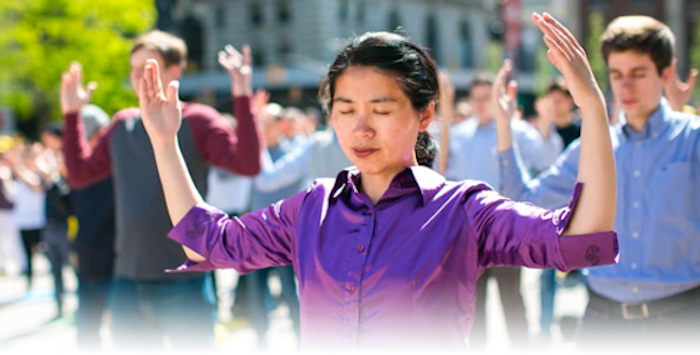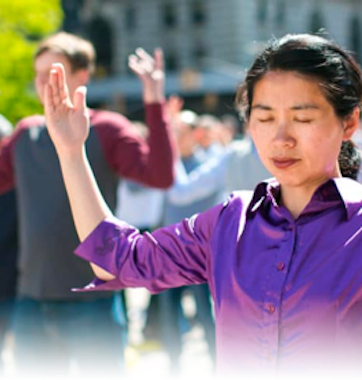(Minghui.org) The One Big Beautiful Bill Act (OBBBA), a package of tax and spending measures recently passed by the U.S. House of Representatives, has sparked considerable discussion. Some opponents, including Elon Musk, a former advisor to Donald Trump on DOGE, have criticized the bill, citing the Congressional Budget Office’s (CBO) report. Critics argue that if passed, the bill would add $2.5 trillion to the deficit over the next decade.
However, the CBO’s past budget estimates have often been inaccurate. A few years ago, during the Biden Administration, the CBO initially estimated that the green energy subsidies would cost approximately $391 billion in the Inflation Reduction Act. Nevertheless, Goldman Sachs projected that the green energy provisions would cost $1.2 trillion over 10 years.
Research on the economy is often based on assumptions, which, if incorrect, naturally lead to erroneous conclusions. Looking at the CBO’s prediction regarding the OBBBA, it largely hinges on the assumption that tax cuts will not foster economic growth. However, the consensus in economics is that tax cuts typically stimulate economic growth, which increases the tax base. Thus, even if the tax rate is lowered, when multiplied by a higher tax base, the total tax revenue could still increase and not contribute to the deficit.
Economist Arthur Laffer, a former faculty member at the University of Chicago, popularized supply-side economics. His Laffer Curve was based on the idea that tax cuts could, in fact, lead to increased government tax revenue. From 1981 to 1989, Laffer served as a key economic policy advisor in Reagan’s administration. His supply-side economics gained prominence by helping the country recover from the economic struggles caused by the oil crisis.
According to the Laffer Curve, an increase in the tax rate initially leads to an increase in tax revenue. However, as tax rates rise, they discourage business investment and result in lower overall income, which subsequently leads to a decrease in economic activity. This ultimately causes a decrease in government revenue. Conversely, lowering taxes can stimulate economic activity. In other words, total government revenue and the tax rate can be illustrated as an inverted U, with the peak representing the optimal tax rate that generates maximum revenue.
The essence of supply-side economics lies in cutting taxes, which enables suppliers to produce more goods and stimulates sales to boost the economy. It advocates for deregulation and allows the “invisible hand” to operate freely. A free market is central to capitalism.
Similarly, when China initiated economic reforms in 1978, it also relaxed regulations and allowed the economy to develop freely. People in ancient China also understood this principle. The classic book, Thousand Character Essay, states, “The Sun and the Moon rise and set, the stars form different arrays; Seasons come and go, crops are harvested in autumn and stored in winter.” Everything in this universe follows a set of rules, and so does economic development. What man needs to do is follow the rules of nature and not over-manipulate. This is what Daoism advocates: “To govern by not interfering.”
For instance, Emperor Wen of the Han Dynasty implemented a policy of lowering taxes. Often, the emperor significantly reduced or exempted farm rental taxes to encourage farmers. As a result, the country experienced unprecedented prosperity and a stable economy. According to “Records of Food and Goods” in the Book of Han, “There were so many coins in the capital that they rusted before they could be counted; there was so much grain in the granaries that it overflowed and rotted before it could be eaten.”
Economists in Western societies and U.S. presidents may not be familiar with Daoist principles. Still, both Reaganomics and Trump’s OBBBA operate in a way that conforms to the Daoist principle—to minimize government intervention and adhere to the universal rule. While the OBBBA may not be perfect, it represents an attempt to return to traditional ways.
All that being said, maintaining a free market also relies heavily on benign human nature. A person is born with both good and evil characteristics. A benevolent environment brings out his good nature, while a hostile environment brings out his evil side. Socialism and communism advocate for equalizing wealth distribution in society through collective ownership and control of the means of production. The enormous power granted by state ownership could evoke human weaknesses and an evil nature, resulting in totalitarian rule and corruption.
Copyright © 1999-2025 Minghui.org. All rights reserved.
Category: Perspectives









